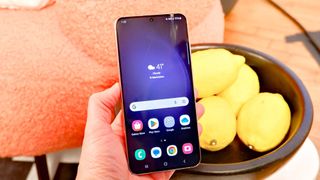Phones
Explore Phones
Latest about Phones
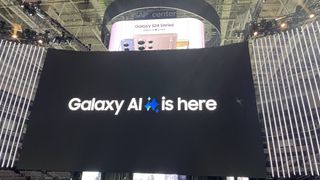
Samsung plans more Galaxy AI updates, with video AI, Google collaboration looking likely
By Don Reisinger published
Samsung is launching a new version of its One UI. And it could focus on interesting AI features, according to multiple reports.
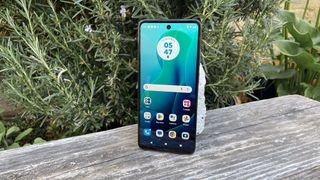
Moto G 5G (2024) review: The best phone under $200
By Philip Michaels published
There's value to be found if you're willing to compromise
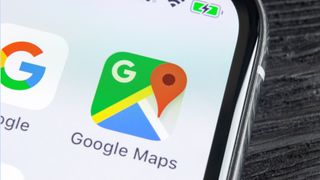
Google Maps on iPhone may finally get this useful navigation feature
By Richard Priday last updated
The long-awaited introduction of Google Maps' Live Activities-compatible directions seems to be rolling out sporadically to iPhones.
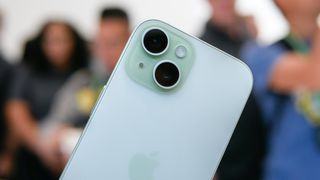
iPhone 16 vs iPhone 15: Biggest rumored upgrades
By Alan Martin last updated
What can you expect from the non-Pro iPhones in 2024?
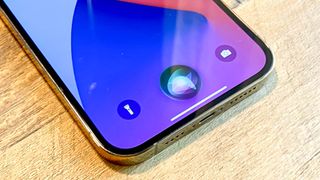
iPhone 16 AI features: All the biggest rumors so far
By Alan Martin last updated
Tim Cook says Apple will “break new ground in generative AI” this year, but what might that look like?
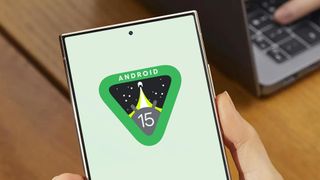
Android 15 could feature extra security to protect users from shady sideloaded apps
By Tom Pritchard published
Sideloading is one of the best things Android can do, and it may get a security boost when Android 15 arrives.
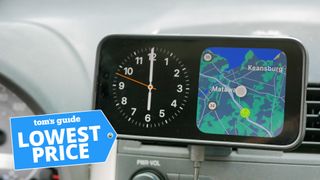
Sorry CarPlay — this $12 MagSafe Charger gives me the perfect infotainment system in my car
By John Velasco published
StandBy Mode in iOS 17 upgrades your infotainment
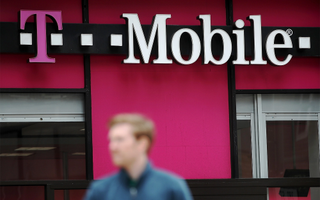
Best T-Mobile cell phone plans in 2024
By Philip Michaels last updated
Our guide to the best T-Mobile cell phone plans can help you find a great price on wireless coverage for families, seniors or anyone who needs unlimited data.
Sign up to get the BEST of Tom’s Guide direct to your inbox.
Upgrade your life with a daily dose of the biggest tech news, lifestyle hacks and our curated analysis. Be the first to know about cutting-edge gadgets and the hottest deals.

